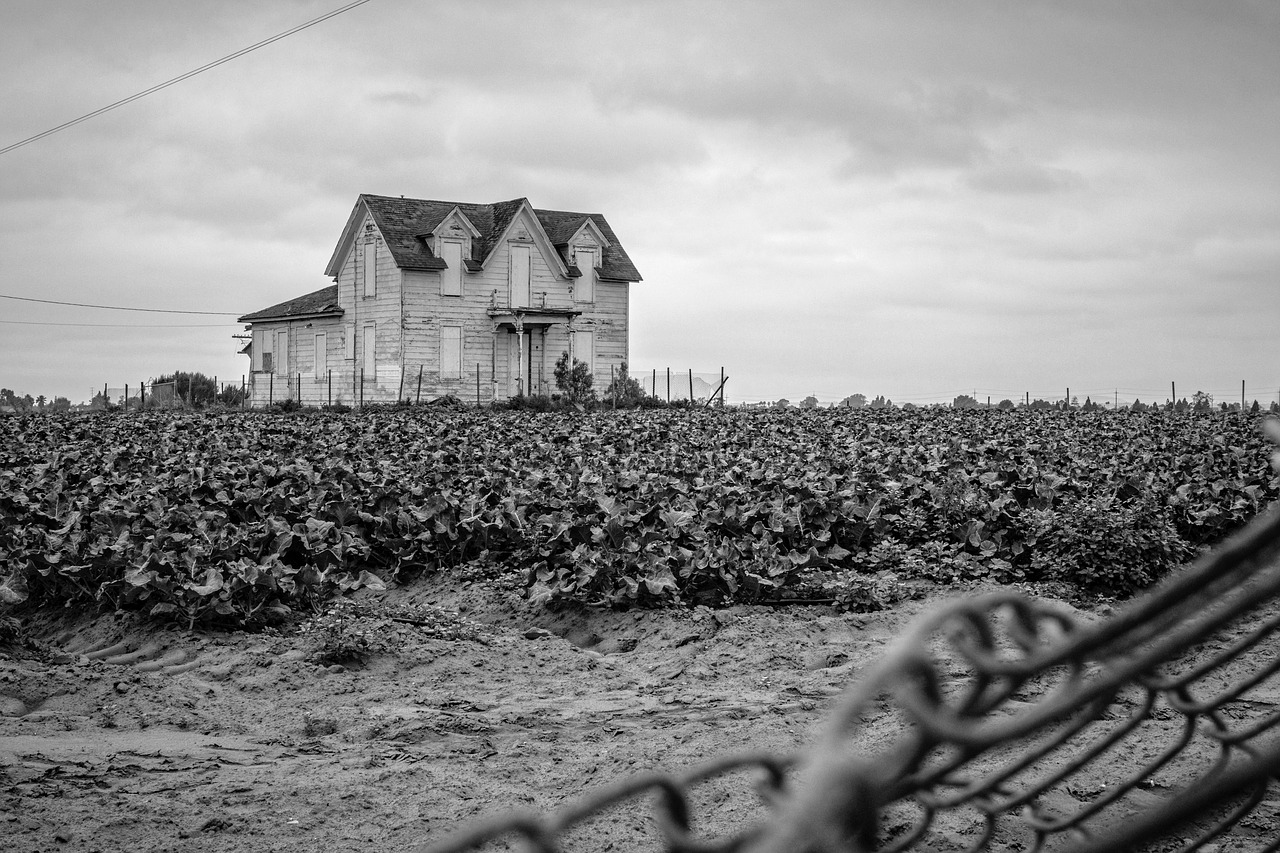Mortgage rates swung back above the 5% mark while two different data reports pointed to record peaks in the nationwide median home sales price.
On The Mortgage Front
Freddie Mac (OTCMKTS:FMCC) reported the 30-year fixed-rate mortgage averaged 5.22% as of Aug. 11, up from last week when it averaged 4.99%. A year ago at this time, the 30-year FRM averaged 2.87%. The 15-year fixed-rate mortgage averaged 4.59%, up from last week when it averaged 4.26%; it averaged 2.15% one year earlier. And the 5-year Treasury-indexed hybrid adjustable-rate mortgage averaged 4.43%, up from last week when it averaged 4.25% and from one year ago when it averaged 2.44%.
Q2 2022 hedge fund letters, conferences and more
“The 30-year fixed-rate went back up to well over 5% this week, a reminder that recent volatility remains persistent,” said Sam Khater, Freddie Mac’s chief economist. “Although rates continue to fluctuate, recent data suggest that the housing market is stabilizing as it transitions from the surge of activity during the pandemic to a more balanced market. Declines in purchase demand continue to diminish while supply remains fairly tight across most markets. The consequence is that house prices likely will continue to rise, but at a slower pace for the rest of the summer.”
While mortgage rates were up, mortgage applications also took an upward motion, albeit in a scant gain. The Mortgage Bankers Association’s (MBA) Market Composite Index, a measure of mortgage loan application volume, recorded a 0.2% uptick for the week ending Aug. 5 compared with the previous week. The seasonally adjusted Purchase Index was down by 1% week-over-week while the unadjusted Refinance Index increased by 4% from the previous week but was also 82% lower than the same week one year ago.
“Mortgage rates remained volatile last week – after drops in the previous two weeks, mortgage rates ended up rising four basis points,” said Joel Kan, MBA associate vice president of economic and industry forecasting. “Mortgage applications were relatively flat, with a decline in purchase activity offset by an increase in refinance applications.
Kan added that mortgage activity “has now fallen in five of the last six weeks, as buyers remain on the sidelines due to still-challenging affordability conditions and doubts about the strength of the economy.”
On the Homebuying Front
While mortgage rates are rising and home sales are decelerating, home prices continue to soar. The National Association of Realtors (NAR) reported 85% of the 185 metro areas that it tracks posted double-digit price gains in the second quarter, up from 70% in the first quarter.
NAR pointed out that the national median single-family existing home price shot up by 14.2% year-over-year in the second quarter to $413,500 – this marked the first time the $400,000 level was passed.
“Home prices have increased at a pace that far exceeds wage gains, especially for low- and middle-income workers,” said NAR Chief Economist Lawrence Yun. “Overall, the national price deceleration inevitably followed the softening sales, providing well-positioned prospective buyers a small measure of welcomed relief. The recent dips in mortgage rates will bring additional buyers to market, especially in those places where home prices are still relatively affordable and where jobs are being added.”
But while prices were in ascension, housing affordability further evaporated. NAR noted the monthly mortgage payment on a typical existing single-family home with a 20% down payment was $1,841 during the second quarter, a $444 (or 32%) increase from the previous quarter and a $612 (or 50%) spike from one year ago. Families typically spent 24.3% of their income on mortgage payments in the second quarter, up from 18.7% in the first quarter and 16.9% one year ago.
The challenge in affordable homeownership was affirmed by the Housing Opportunity Index published by the National Association of Home Builders (NAHB) and Wells Fargo (NYSE:WFC), which determined that only 42.8% of new and existing homes sold in the second quarter were affordable to families earning the median income of $90,000. In comparison, 56.9% of homes sold in the first quarter that were affordable to median-income earners.
This index had a different national median home price compared to NAR – $390,000 in the second quarter – but that figure was an all-time high in this data tracking, surpassing the previous record-high of $365,000 set in the first quarter.
“Declining affordability has also pushed builder sentiment down for seven consecutive months and NAHB is projecting a net decline for single-family construction in 2022 as the housing markets slows due to ongoing affordability issues stemming largely from supply side challenges,” said NAHB Chief Economist Robert Dietz. “Policymakers need to focus on mending broken building material supply chains and reducing ineffective zoning and other regulatory policies to help bend the cost curve and enable builders to boost attainable housing production.”
Another data report seemed to point to the closing of the long-running sellers’ market in housing. The brokerage Redfin (NASDAQ:RDFN) reported U.S. homes that were listed for 30 days or longer without going under contract increased 12.5% in July from the previous year. This marks the first year-over-year increase since the beginning of the pandemic and the second biggest uptick since Redfin began tracking this data 10 years ago.
“People want to know whether we’ve officially shifted from a seller’s market to a buyer’s market,” said Redfin Deputy Chief Economist Taylor Marr. “While there’s not a clear line separating those two ideas, homes sitting on the market longer is a point in buyers’ favor.”






